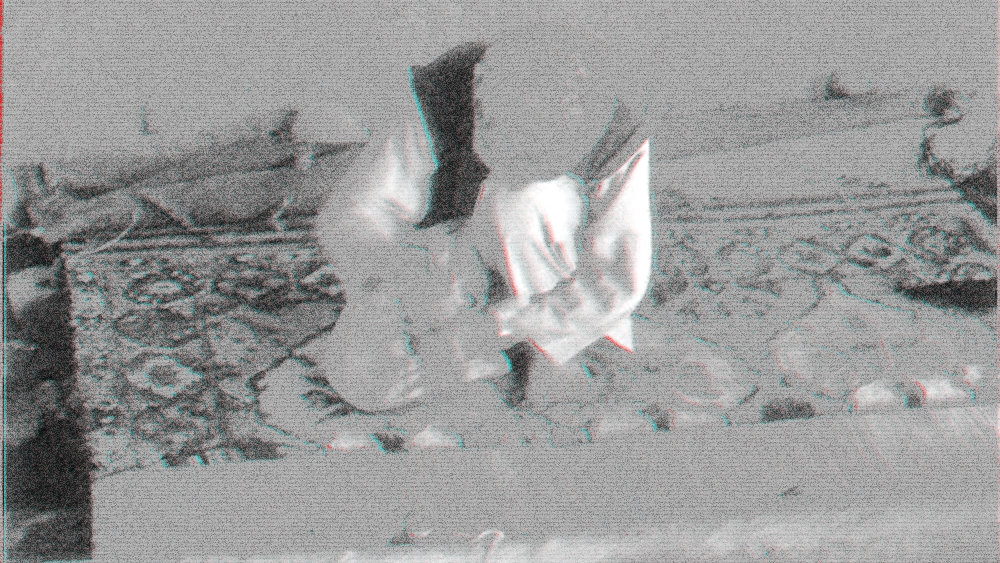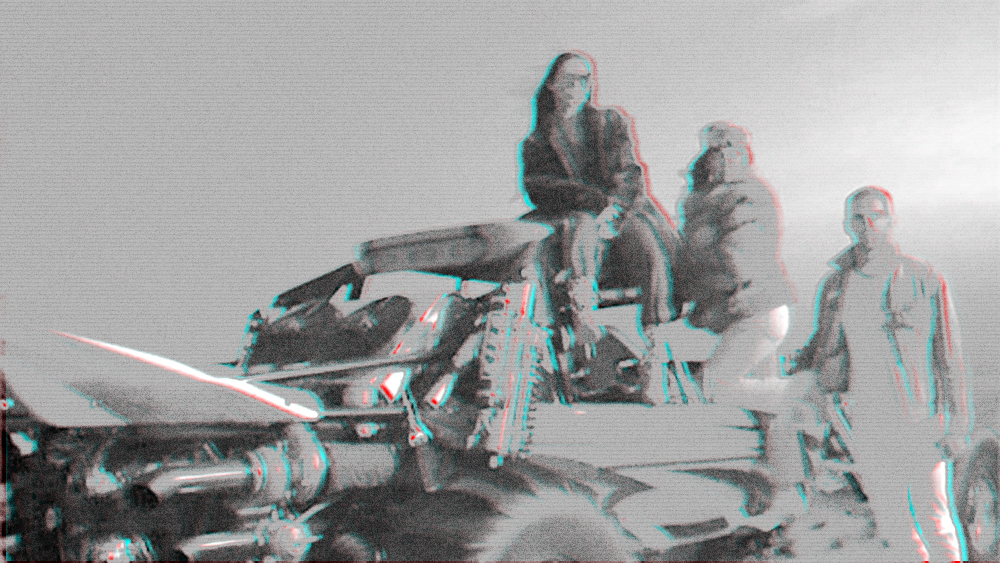We are surrounded by pixels. And we surround them. As soon as we wake up, we check emails, websites and social networks on our mobiles and computers. Their screens talks to us through patterns of pixels. Yet, despite their multifarious accomplishments, pixels remain hidden to us; squeezed into the framework of a screen in increasingly high numbers; subserviently absorbed by the configurations of form, color, and brightness in which they inexorably disappear; compressed together by constantly improving technology so that their individual identity literally melts in the beautiful images that they compose. The question is: do pixels signify autonomously from the image they give shape to?

In first place, it is worth recalling the etymology of the word pixel: “pixel” is a contraction of “picture element”; literally, the element of a picture. An element is not something that expresses an autonomous intentionality and a self-centered agency but something that is subservient to the agency of a greater whole. The dialectic between the element and the whole, between particularity and universality, often generates an aesthetic pleasure and induces optical delight. It’s a matter of scale: uniformity, homogeneity and indistinctiveness are the perceptual result of both a too distant and a too close gaze. In the middle between these two opposite but actually adjacent polarities lies the tension between a focus on similarity and a focus on difference.
There are human artifacts that exploit the dialectics between singularity and universality for aesthetic purposes. Many forms of weaving craft consist in the juxtaposition of knots or other weaving units that, although composing a regular pattern or even a complex figuration (like in tapestry), maintain nevertheless their individuality and, therefore, contribute to the unpredictable vibration of the whole. In a hand-made carpet, for istance, each of the knots is different from the others. Without this singularity, the texture of the rug would be completely different. The small imperfections constitute its uniqueness, as well as its value and mark of authenticity. It’s the unpredictability of human hand that makes an authentic rug vibrate with the dialectic between human creativity and the resistance of matter. On the other hand, machine-made rugs are less expensive because they are too perfect. The regularity of the knots constraints their material singularities and kills the vibration.
The value of contemporary LCD screens is determined by the number of pixels that are squeezed within the framework of the display in the same way the value of a hand-made rug is determined by the number of knots it is composed of. However, the lack of deformity and, therefore, singularity makes the vibration impossible. The digital perfection also coincides with the disappearing of pixels, causing the rupture of the dialectical relationship between the element and the whole. That does not mean that LCD screens are intrinsically unable to reveal this dialectics. In fact, when a screen flickers, all of a sudden pixels cease to be picture elements and turn into autonomous individualities possessed by a dangerous force.






